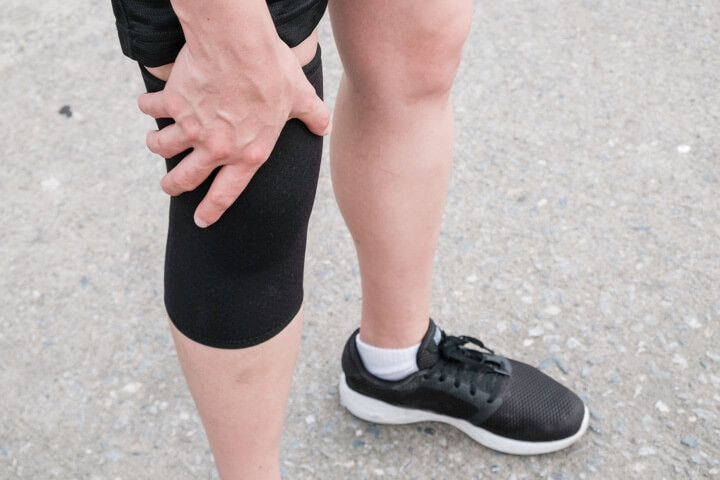A prediabetes exercise program can help you prevent or delay type 2 diabetes. Read about exercise programs for people with prediabetes in this expert blog.
Exercise with co-existing health conditions

Getting enough exercise while living with diabetes can be a challenge in and of itself, but some people have other health conditions or physical limitations that make exercising that much more difficult. With any type of physical disability, you will need to alter the activity plan according to your capabilities.
If you are suffering from chronic joint pain or arthritis, there’s no reason why you still can’t exercise regularly. You just need to know what types of exercises are best for your condition.
A common complication of diabetes is nerve damage (diabetic peripheral neuropathy or DPN) which can lead to pain, numbness and tingling in the extremities. This can be challenging in terms of incorporating exercise, especially since it is important to avoid the development of foot ulcers. Some exercises are better than others, and it’s important to have properly fitting shoes.
According to the Hypertension Canada guidelines, people who have diabetes and high blood pressure should exercise for 30 to 60 minutes between four and seven days per week. The types of activities that are best for diabetes and high blood pressure are moderate-intensity aerobic exercises and resistance exercises.
It is important to discuss your conditions and/or limitations with your diabetes healthcare team so that you understand what will be safe for you.
How much sleep do you really need?
As an individual living with diabetes, you are constantly hearing about the important role that physical activity plays in maintaining optimum health.
Best exercises for diabetes with high blood pressure
Many people with diabetes also suffer from heart disease, including high blood pressure. Read this article to learn about the best exercises for diabetes and high blood pressure.
Diabetes and arthritis
There are many types of arthritis, but the two most common ones are osteoarthritis (which involves wear and tear on cartilage and joints) and rheumatoid arthritis (an autoimmune disease).
Sciatica exercises for diabetes
Sciatica exercises for diabetes can help relieve pain, as well as improve muscle strength, posture and balance. Read this article to learn about the best exercises for sciatica pain.
Diabetes and disabilities physical activity tips
Many people with diabetes are also living with the challenges of related complications such as nerve, vision and muscular disabilities.







